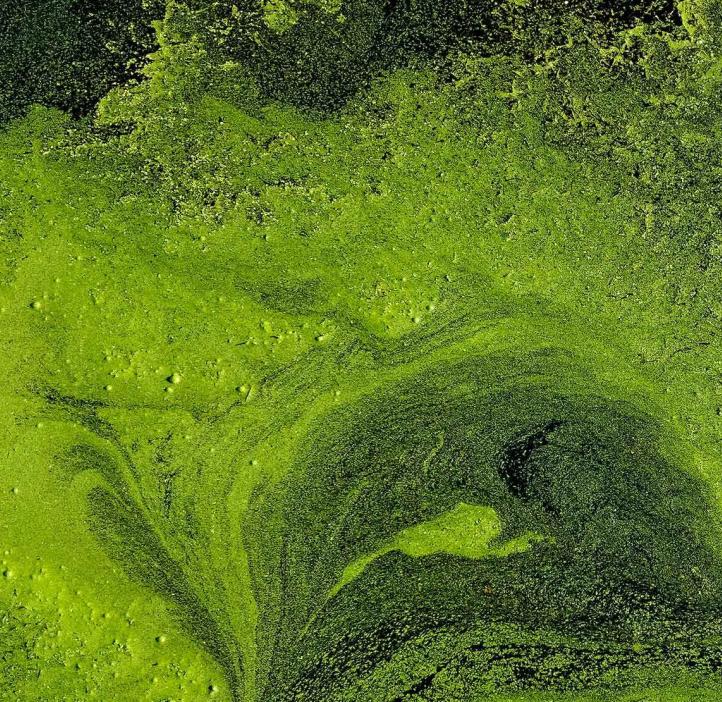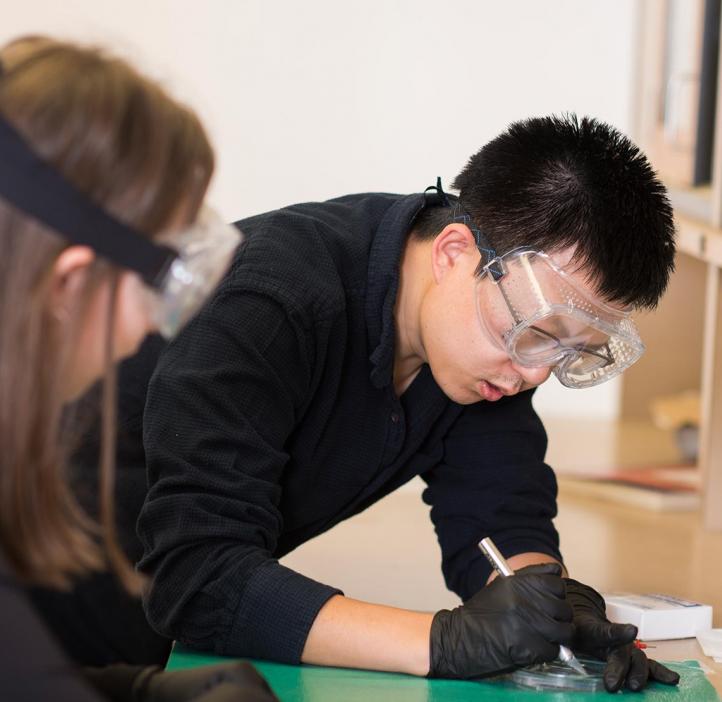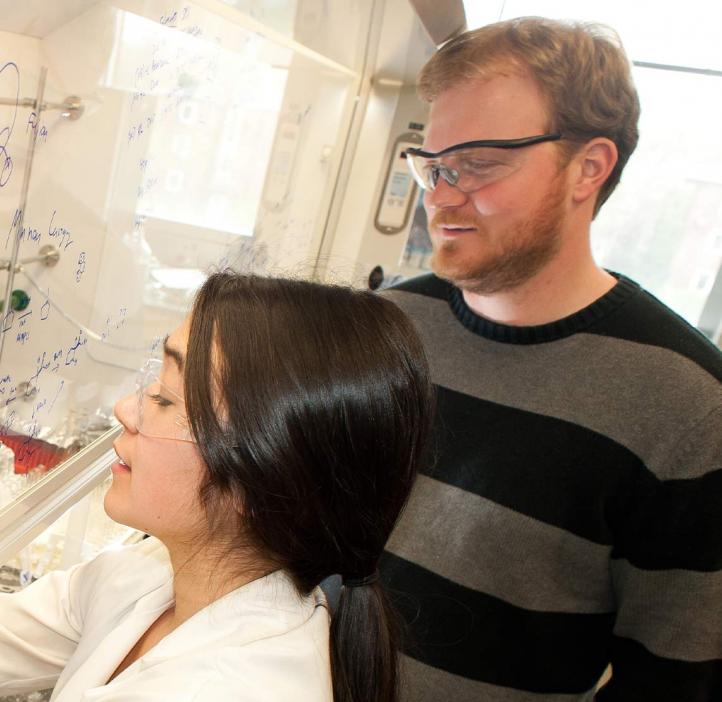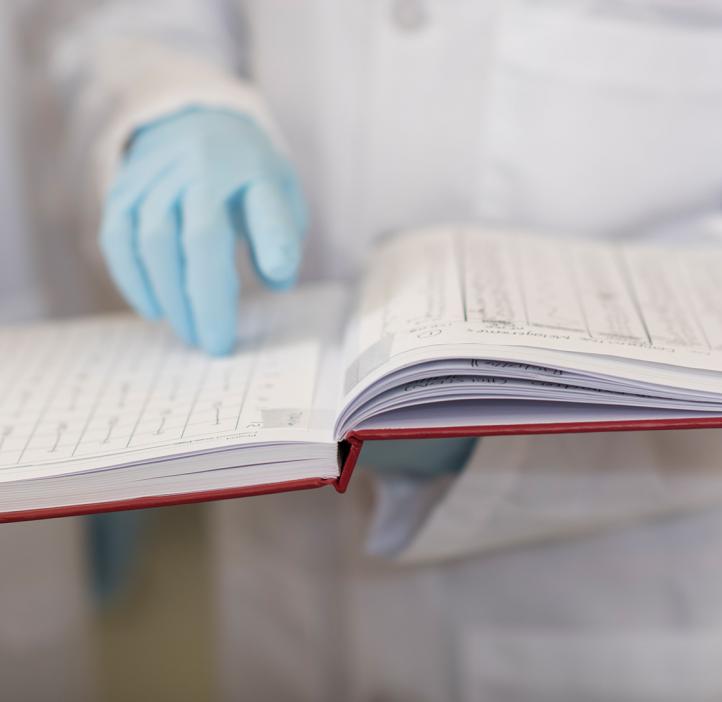The SciRIS-ii program provides seed funding ranging from $10K to $20K to individual investigators to establish partnerships, accelerate project development, generate data and manuscripts and foster proposal submissions.
Similar to the SciRIS-ii, the Disease Mechanism and Prevention Fund is focused on assisting individual faculty efforts to establish research relationships with external partners specifically related to health science. These funds are provided by a generous gift from David and Donna Gould to support research into the mechanism, diagnosis, treatment and prevention of (human) disease.
Curvature and Symmetry (2024)
- Christine Escher, Mathematics
Nonlinear Dispersive Equations with Variable Coefficients (2024)
Carborane-based Metal-organic Frameworks for Diagnosis and Therapy (2024)
- Kyriakos Stylianou, Chemistry
Mechanical programming of four-dimensional tissue self-assembly (2023)
Ultra-miniaturized spectrometers (2023)
Why is a fly a good model to study my grandmother’s tremors? (2023)
Exceptional Maps in Arithmetic Dynamical Systems (2022)
Stochastic cascades and energy transfer in equations of fluid dynamics (2022)
- Radu Dascaliuc, Mathematics
Innovating seed sampling devices and protocols (2022)
Establishing a zebrafish model for the study of the Ferlin gene Fer1L6 (2022)
- Colin Johnson, Biochemistry and Biophysics
Exceptional maps in arithmetic dynamical systems (2022)
- Clay Petsche, Mathematics
Probability law for 1D quantum electrons (2022)
- Axel Saenz Rodriguez, Mathematics
Elucidating primary events of engineered photo switchable fluorescent proteins with a powerful ultrafast spectroscopy toolset (2022)
Mathematical modeling of Anthelmintic resistance in soil-transmitted Helminths (2022)
- Swati Patel, Mathematics — Disease Mechanism and Prevention Fund
The role of the cathelicidin antimicrobial peptide in the development of Alzheimer’s disease (2020-22)
- Adrian Gombart, Biochemistry and Biophysics — Disease Mechanism and Prevention Fund
Capturing molecular movies of chloride biosensors in action (2021)
Selective, fast-response and regenerable metal-organic frameworks for sampling chemical contaminants in drinking water (2021)
- Kyriakos Stylianou, Chemistry
Understanding properties of quantum materials for spintronics and magnon valleytronics (2021)
- Oksana Ostroverkhova, Physics
Understanding the migrational phenotype plasticity of metastatic tumor cells (2019, 2020)
Robust lipid-coated silver nanoparticles for diagnosis of triple-negative breast cancer using x-ray computer tomography imaging (2020)
- Marilyn Mackiewicz, Chemistry — Disease Mechamism and Prevention Fund
Optimal control of stochastic epidemics (2019)
- Vrushali Bokil, Mathematics
Predicting the trajectory of toxic harmful algal blooms using multi-omics data integration (2019)
- Kimberly Halsey, Microbiology
Developing new molecular simulation techniques to discover materials for clean energy applications (2019).
Estimating the number of people who inject drugs in metropolitan areas of the United States: A collaboration with the Centers for Disease Control and Prevention (2019)
- Katherine McLaughlin, Statistics — Disease Mechanism and Prevention Fund











